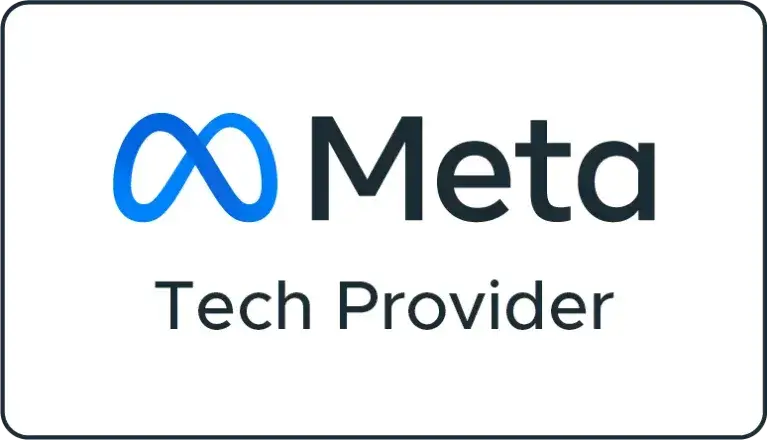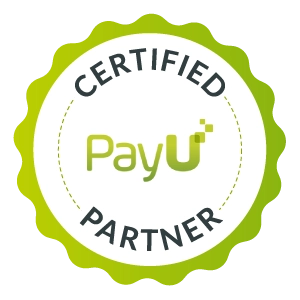
In today’s digital-first world, every small business needs a strong online presence to remain competitive. A well-structured digital marketing plan not only helps you attract and retain customers but also boosts visibility and builds lasting brand loyalty. This guide will walk you through The Ultimate Guide to Creating a Digital Marketing Plan for Your Small Business, highlighting key strategies, tools, and steps to implement, all while emphasizing the benefits of digital marketing for small businesses.
Why You Need a Digital Marketing Plan (The Ultimate Guide to Creating a Digital Marketing Plan for Your Small Business)
A digital marketing plan acts as a roadmap for your marketing efforts. It outlines your goals, target audience, strategies, timelines, and budget. With a solid plan, you can:
- Improve brand awareness
- Generate qualified leads
- Increase customer engagement
- Boost sales and revenue
- Measure and refine campaigns for better ROI
The benefits of digital marketing for small businesses are amplified when your efforts are well-organized and aligned with business goals.
Step 1: Set SMART Goals
Start by setting SMART goals—Specific, Measurable, Achievable, Relevant, and Time-bound.
Examples:
- Increase website traffic by 30% in six months
- Generate 100 qualified leads per month
- Grow Instagram followers by 20% in three months
Goals provide direction and help track success.
Step 2: Define Your Target Audience
Understanding your audience is key to a successful digital marketing plan.
Consider:
- Demographics: Age, gender, income, education
- Psychographics: Interests, values, pain points
- Behavior: Purchase history, online habits
Create customer personas to visualize and empathize with your audience.
Step 3: Conduct a SWOT Analysis
A SWOT (Strengths, Weaknesses, Opportunities, Threats) analysis provides clarity on where your business stands and where it can grow.
Example:
- Strength: Strong local brand reputation
- Weakness: Limited social media presence
- Opportunity: High demand for online services
- Threat: Aggressive competition from larger brands
Understanding your internal and external environment sets the foundation for a focused strategy.
Step 4: Choose the Right Digital Channels
Selecting the right digital channels is crucial to reaching your audience effectively.
Options include:
- Website and Blog
- Social Media Platforms (Facebook, Instagram, LinkedIn, Twitter)
- Email Marketing
- Search Engine Optimization (SEO)
- Pay-Per-Click Advertising (PPC)
- Influencer Marketing
Choosing channels that your audience actively uses increases engagement and conversions.
Step 5: Create a Content Strategy
Content is at the heart of digital marketing. It educates, entertains, and drives action.
Content Types:
- Blog posts
- Social media updates
- Email newsletters
- Ebooks and whitepapers
- Videos and webinars
- Infographics
Plan your content around your audience’s needs and your marketing goals. Use a content calendar to stay organized.
Step 6: Focus on SEO
SEO ensures your content is discoverable by search engines and helps drive organic traffic to your site.
Key SEO Elements:
- Keyword research
- On-page optimization (titles, meta tags, headers)
- High-quality backlinks
- Mobile optimization
- Fast loading times
Incorporating SEO best practices ensures that you’re leveraging one of the top benefits of digital marketing for small businesses—long-term, cost-effective visibility.
Step 7: Implement Paid Advertising
Paid advertising offers immediate visibility and can complement your organic efforts.
Ad Types:
- Google Ads (Search and Display)
- Facebook and Instagram Ads
- LinkedIn Ads
- Retargeting Ads
Set clear objectives and budgets, and monitor ad performance regularly to ensure ROI.
Step 8: Leverage Email Marketing
Email remains one of the most effective marketing tools, especially for nurturing leads and building customer loyalty.
Best Practices:
- Segment your email lists
- Personalize messages
- Automate campaigns (welcome series, abandoned cart, etc.)
- Include clear CTAs (Calls-to-Action)
Use email to stay connected with your audience, promote new content, and drive conversions.
Step 9: Engage Through Social Media
Social media is a powerful tool to connect with customers, build relationships, and amplify your content.
Tips:
- Be consistent with branding and posting
- Use visuals and video content
- Engage with followers through comments, polls, and DMs
- Monitor analytics to understand what resonates
Social media platforms enhance your reach and reinforce your brand identity.
Step 10: Monitor and Measure Performance
Tracking performance is critical to refining your strategy and improving results.
Key Metrics:
- Website traffic and bounce rates
- Conversion rates
- Social media engagement
- Email open and click-through rates
- ROI from paid campaigns
Use tools like Google Analytics, Meta Business Suite, and email platforms to gather insights.
Tools to Help Build Your Digital Marketing Plan
Free and Paid Tools:
- Google Analytics and Search Console
- SEMrush or Ahrefs for SEO
- Mailchimp or Constant Contact for Email
- Canva for design
- Buffer or Hootsuite for social scheduling
- HubSpot or Zoho for CRM and automation
Choosing the right tools makes execution and analysis easier and more efficient.
Real-World Example: A Small Coffee Shop’s Digital Success
A neighborhood coffee shop implemented a digital marketing plan focusing on Instagram, email marketing, and local SEO. By consistently sharing quality content, engaging with customers, and promoting offers via email, they doubled foot traffic in six months and increased online orders.
This showcases the benefits of digital marketing for small businesses—affordable, effective strategies that drive tangible results.
Common Mistakes to Avoid
- Skipping audience research
- Neglecting mobile optimization
- Posting irregularly on social media
- Failing to track performance
- Ignoring customer feedback
Avoiding these pitfalls helps you build a sustainable and successful digital presence.
Final Thoughts
Creating a digital marketing plan may seem daunting, but it’s one of the most impactful steps you can take for your small business. From SEO and content to social media and email marketing, each element contributes to building a strong online presence.
The benefits of digital marketing for small businesses are numerous: increased visibility, stronger customer relationships, improved sales, and a level playing field with larger competitors. With the right plan and consistent execution, you can attract more customers, grow your brand, and thrive in the digital age.
So, take the first step today. Define your goals, understand your audience, and start building a digital strategy that supports your business growth now and in the future.













